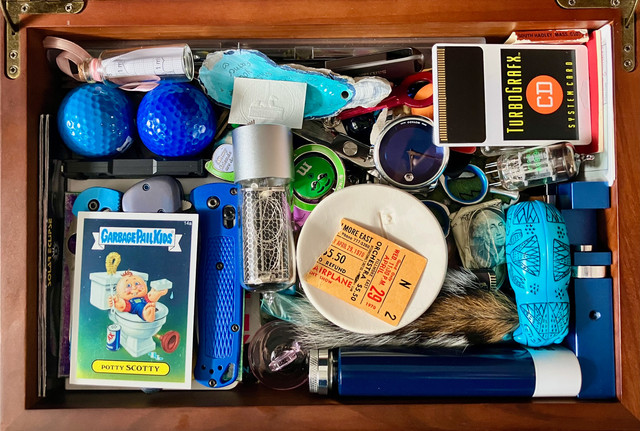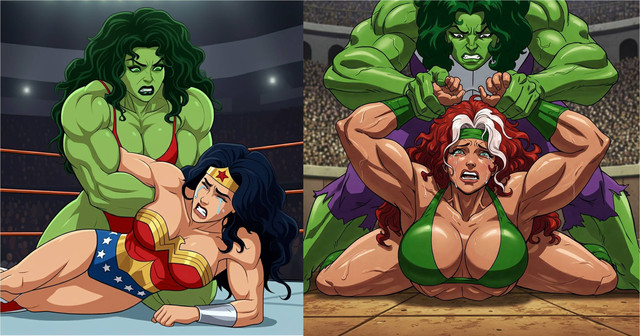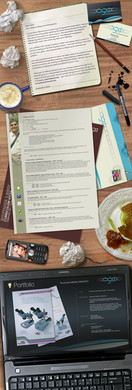HOME | DD
 monggiton — Alibata
by-nc-nd
monggiton — Alibata
by-nc-nd

Published: 2007-07-17 19:49:00 +0000 UTC; Views: 2645; Favourites: 2; Downloads: 7
Redirect to original
Description
Alibata is the ancient writing in the Philippines.. just google it to know more.. too lazy..Related content
Comments: 1

It is called Baybayin Script. I refuse to call it Alibata for the same reason many of us Baybayin Enthusiasts don't. Read Paul Morrow's site: [link] I hope this clarifies this issue:
Another common name for the baybayin is alibata, which is a word that was invented just in the 20th century by a member of the old National Language Institute, Paul Versoza. As he explained in Pangbansang Titik nang Pilipinas in 1939,
"In 1921 I returned from the United States to give public lectures on Tagalog philology, calligraphy, and linguistics. I introduced the word alibata, which found its way into newsprints and often mentioned by many authors in their writings. I coined this word in 1914 in the New York Public Library, Manuscript Research Division, basing it on the Maguindanao (Moro) arrangement of letters of the alphabet after the Arabic: alif, ba, ta (alibata), “f” having been eliminated for euphony's sake." B7
Versoza's reasoning for creating this word was unfounded because no evidence of the baybayin was ever found in that part of the Philippines and it has absolutely no relationship to the Arabic language. Furthermore, no ancient script native to Southeast Asia followed the Arabic arrangement of letters, and regardless of Versoza's connection to the word alibata, its absence from all historical records indicates that it is a totally modern creation.
The word baybayin is a very old Tagalog term that refers to all the letters used in writing a language, that is to say, an “alphabet.” It is from the root baybáy meaning, “spell.” Early Spanish accounts usually called the baybayin “Tagalog letters” or “Tagalog writing.” And, as mentioned earlier, the Visayans called it “Moro writing” because it was imported from Manila, which was one of the ports where many products from Muslim traders entered what are now known as the Philippine islands. The Bikolanos called the script basahan and the letters, guhit.
👍: 0 ⏩: 0


















